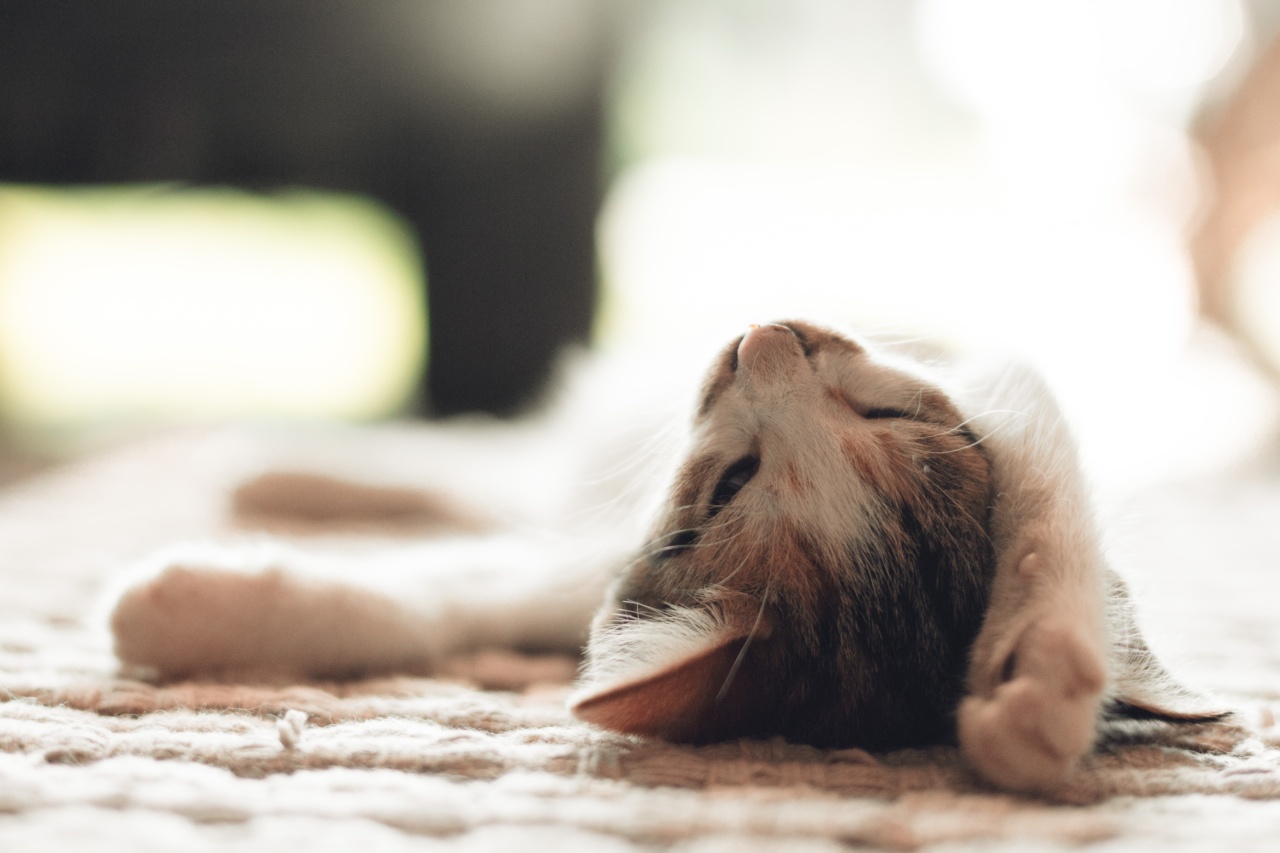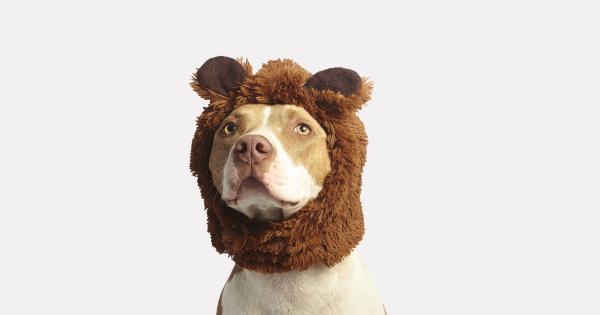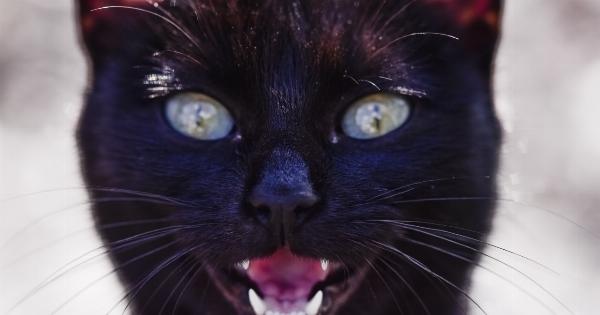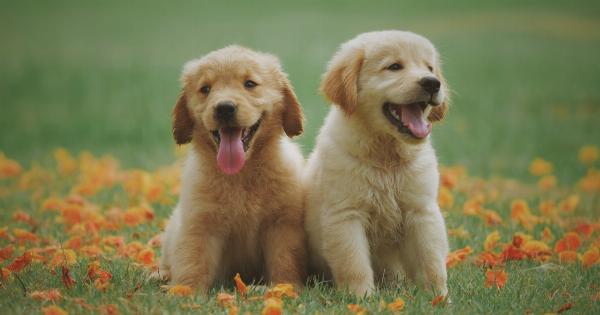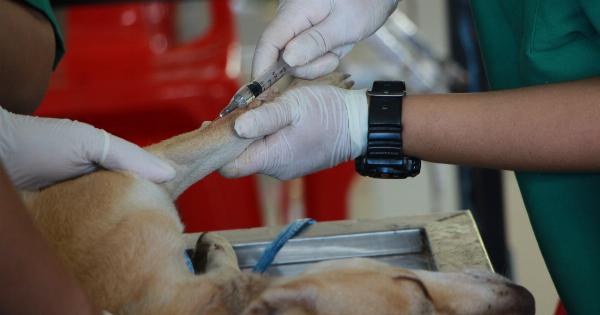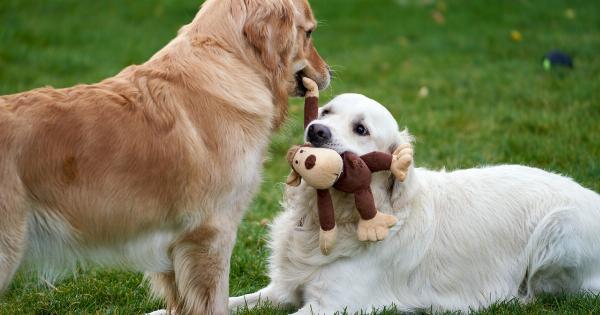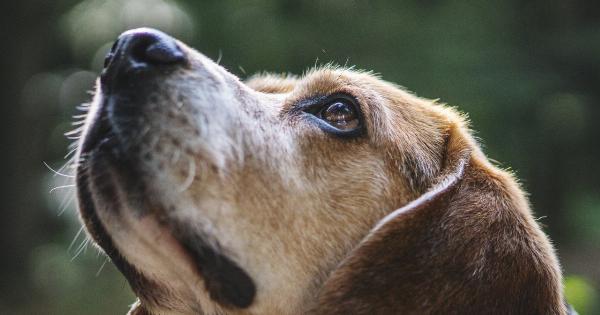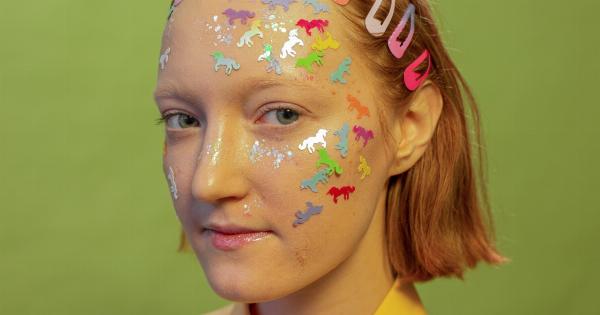For centuries, cats and dogs have been portrayed as sworn enemies. Their rivalry has been exaggerated and perpetuated in popular culture, leaving many to wonder if these two species can ever coexist peacefully.
However, in reality, the relationship between cats and dogs is far more complex and nuanced. In this article, we will explore the historical context of their relationship, the factors that influence their interactions, and whether they have truly become food for each other or if they are still around.
The Historical Context
The antagonistic relationship between cats and dogs can be traced back to ancient times. Cats were domesticated in Egypt around 4,000 years ago and were worshipped as sacred animals.
Dogs, on the other hand, were domesticated much earlier and were primarily used for hunting and guarding purposes. This divergence in their roles and status laid the foundation for the rivalry that would persist over centuries.
The Role of Instincts
Cats and dogs have distinct evolutionary backgrounds, which shape their instincts and behaviors. Cats are natural predators, equipped with sharp claws and teeth, and are known for their superior hunting skills.
Dogs, on the other hand, have a strong pack mentality and are often driven by their desire to establish dominance. These inherent instincts can sometimes lead to conflicts between the two species.
Socialization and Upbringing
The way cats and dogs are socialized and brought up can significantly influence their relationship with one another.
If a cat and dog are introduced to each other at a young age and given proper guidance and training, they are more likely to cohabitate peacefully. However, if they have negative experiences or lack exposure to each other during their formative years, it can be challenging to establish harmony between them.
Changing Perceptions
Over the years, perceptions towards the relationship between cats and dogs have evolved. Many pet owners have successfully integrated both species into their households, demonstrating that peaceful coexistence is indeed possible.
The portrayal of cats and dogs as enemies in popular culture is increasingly being challenged, with more emphasis being placed on promoting understanding and tolerance between them.
Environmental Factors
The environment in which cats and dogs are kept also plays a significant role in their interactions. A stressful or crowded living environment can heighten tensions between them, leading to aggressive behavior.
On the other hand, a calm and well-structured living space, with sufficient resources for both species, can foster a harmonious relationship.
Managing Their Interactions
When introducing a cat and dog, it is crucial to manage their interactions carefully. Gradual introductions, through scent swapping and controlled visual exposure, can help reduce anxiety and promote positive associations.
Additionally, providing separate spaces and resources for each pet, such as litter boxes and feeding areas, can prevent conflicts and territorial disputes.
The Importance of Training
Training plays a vital role in shaping the behavior of both cats and dogs. Positive reinforcement-based training methods can be used to teach them appropriate behaviors and responses.
Rewarding desirable behaviors, such as calmness and tolerance, can help establish a peaceful coexistence between the two species.
Individual Personalities
Just like humans, cats and dogs have unique personalities that influence their compatibility with one another.
Some cats and dogs may naturally have more laid-back temperaments and are more accepting of each other, while others may be more territorial or prone to assertiveness. Understanding and respecting their individual personalities can greatly contribute to their ability to coexist peacefully.
Myths and Misconceptions
There are numerous myths and misconceptions surrounding the relationship between cats and dogs. One common belief is that cats are always the instigators of conflicts, while dogs are innocent victims.
However, the reality is that both species can display aggressive behaviors, and conflicts are not always one-sided. It is important to dispel these myths to gain a more accurate understanding of their interactions.
Can Cats and Dogs Become Food for Each Other?
No, cats and dogs do not become food for each other. While conflicts between cats and dogs can occur, it is exceedingly rare for them to result in one species preying upon the other.
Cats and dogs have different dietary requirements and hunting strategies. In most cases, their conflicts are rooted in territoriality, fear, or other social factors rather than a predatory instinct.
The Possibility of Peaceful Coexistence
Despite their differing instincts and behaviors, cats and dogs can learn to live together peacefully.
By providing the necessary socialization, training, and environmental considerations, pet owners can create an environment conducive to positive interactions. Many households have successfully achieved harmonious relationships between their cats and dogs, proving that coexistence is attainable.
The Importance of Responsible Ownership
Responsible ownership is paramount when it comes to integrating cats and dogs. It requires commitment, patience, and a genuine understanding of both species.
Pet owners must ensure that the needs of both cats and dogs are met, including proper socialization, healthcare, nutrition, and mental stimulation. With responsible ownership, cats and dogs can thrive together in a mutually beneficial and loving environment.
In Conclusion
Contrary to popular belief, cats and dogs are not destined to become food for each other. While conflicts may arise, coexistence and even close companionship between them are entirely possible.
By understanding their instincts, providing proper socialization, and creating a harmonious environment, cats and dogs can live together in peace and bring immeasurable joy to their owners.
